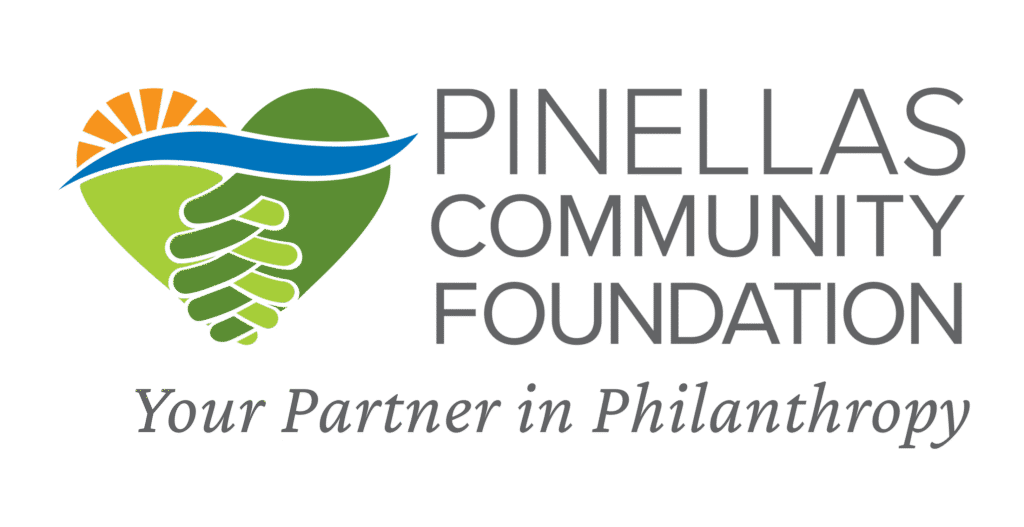I don’t know about you, but when I sketch, I approach it on the assumption that I am paying attention to the subject. Depending on what it is, I may be particularly attuned to the lighting, the angle or lean of the subject, the texture, etc.
We tend to think that we “know,” at least generally speaking, what we are looking at. But are we really seeing what we are focused on?
Exercises to Hone the Power of Observation
There are several different methods by which you can challenge your sense of observation. The artists who became known as impressionists competed against each other to create brief sketches (action drawings, if you will) within a short time, say 30 seconds, to see who best captured the gist of the subject. That was a standard exercise in my art school drawing classes, and one I would recommend you try.
Line Drawing
There are a couple other methods that help develop the powers of observation. One is a line drawing: you choose an object (a plant, chair, figure, whatever), put your pen, graphite or crayon to paper, and never take it off the page as you draw. The idea is to follow the object with your eyes, only briefly looking at the paper as you draw — or not at all if you are really brave. The first image gives you an idea of how your drawing may turn out. Your first few efforts will look pretty awkward, but as you practice, your powers of observation become more acute. The drawing becomes not only more accurate but also more interesting, without the academic quality of a studied drawing. Can you tell the progression of observation in the first image?
Negative Drawing
The other exercise is one I came across when researching the work of Richard Artschwager. He was primarily known for his furniture design during the minimalist and pop art movements. His drawings, however, are of a whole other animal. He approached his drawings and sketches by working from the negative space rather than the positive space or object. The second image shows my attempt at that approach. It requires working from the background forward — no outlining of form allowed. In fact, no line at all. Charcoal or watercolor works well with this exercise. Working in this fashion gave me an appreciation of volume.
There is another plus to these exercises — your work loosens up, which creates a special energy that is hard to capture in any other way. If you are interested in experimenting and fine-tuning your powers of observation, I highly recommend you try these approaches.
Have fun!



